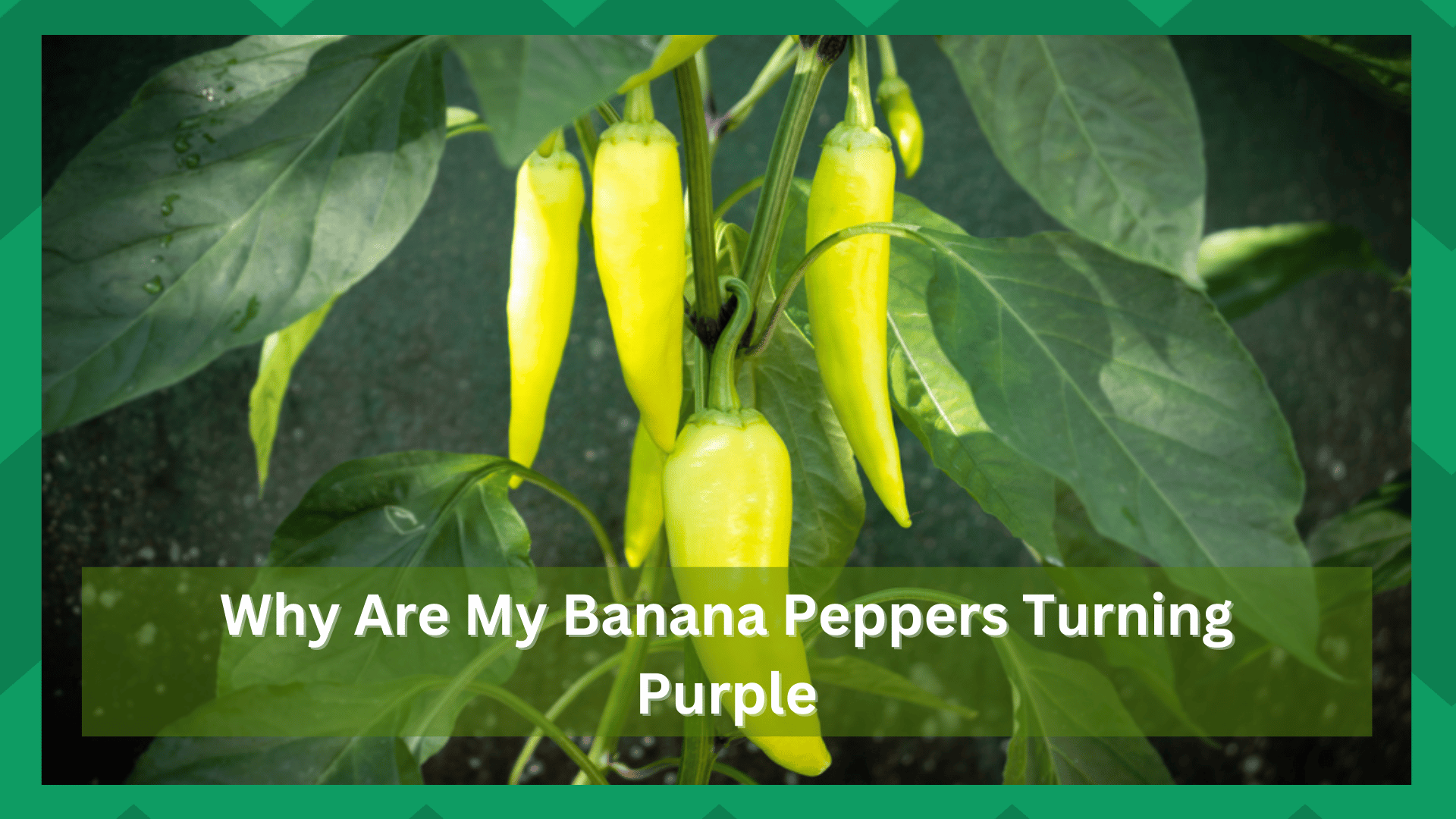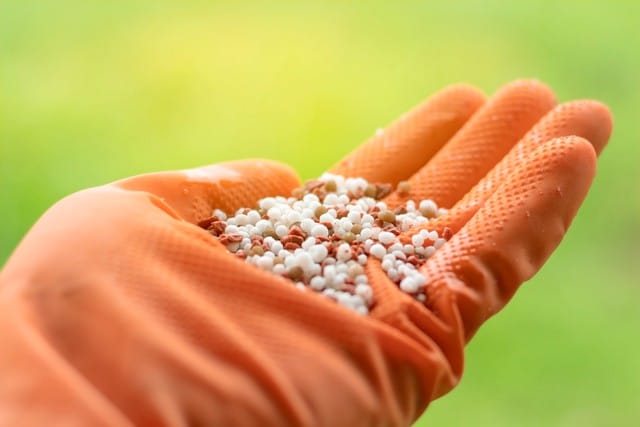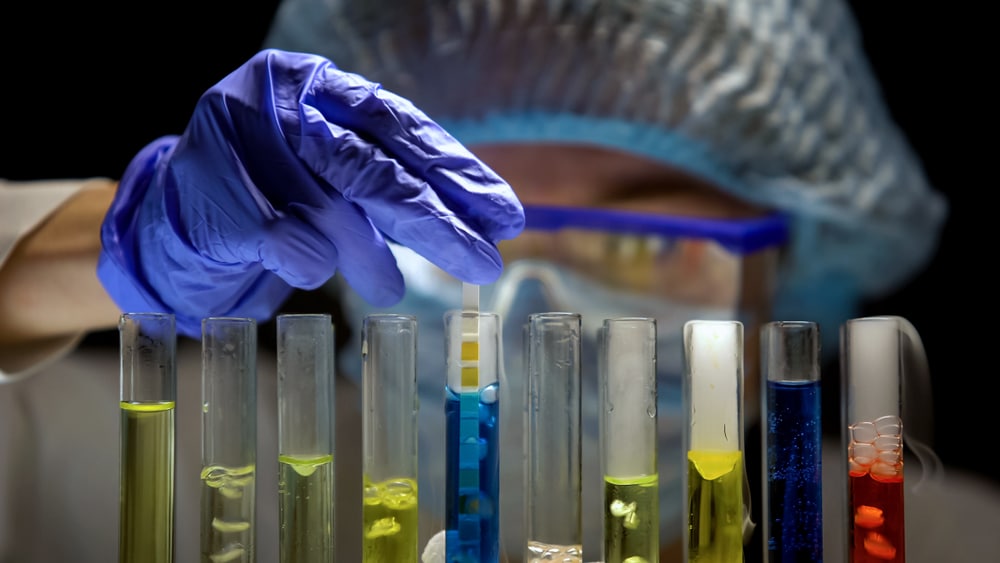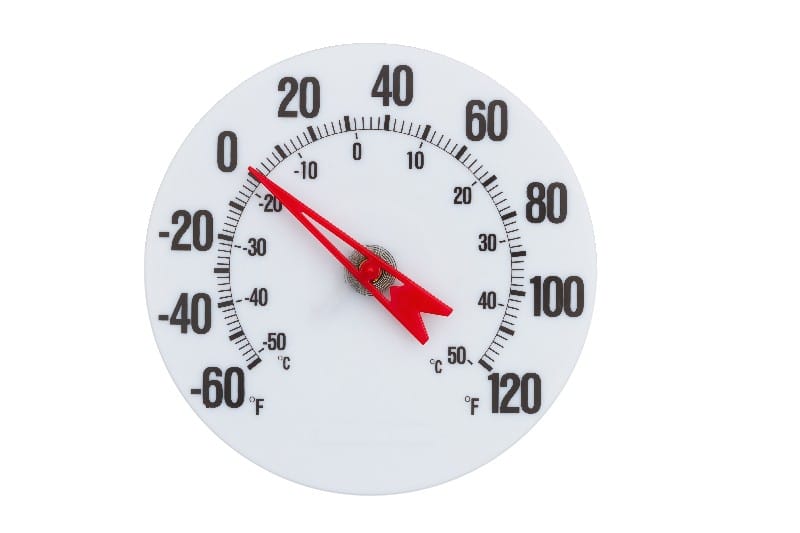
Banana peppers are medium-sized peppers from the chili family. These have a tangy and mild taste, making them amazing ingredients for many recipes.
You should note that the peppery usually grows with a bright yellow color that starts changing when these are ripe.
This can change to orange, red, or even green depending on your planted variant and the weather conditions around the pepper.
Other than this, these peppers are often eaten raw, but you can also pickle them before consumption.
Why Are My Banana Peppers Turning Purple?
These chilies are also quite easy to maintain, which is why many people think about planting them in their gardens.
While these are great vegetables to grow in your house, there are also some problems that you can run into with them.
Recently some users have been asking, “why are my banana peppers turning purple?”. If you are getting the same issue, then going through this article should help you in finding a solution that can be used.
- Amount Of Sunlight Being Received
When growing banana peppers, people might notice the vegetable getting purple streaks. This might alert users, but you should note that the color is completely normal.
In most cases, the purple color on the vegetable is from the peppers getting too much sunlight. Talking about this, the amount of sunlight the plant receives greatly affects how it grows.
These peppers prefer high light, so you should place them in a location where they get about 5 to 7 hours every day.
However, if your region has high temperatures throughout the year, this might be too much for the pepper to handle. This causes the outer layer to get a slightly purplish shade, indicating that the chili is getting too much light.
The good thing is that this does not affect the taste of your peppers. Even if there is some purple color on them, the taste of your chilies should be the same. This means that people can consume them without any worries.
If you don’t want your chilies’ color to change, move them to a different location. Lowering the amount of sunlight and heat should fix the problem you are getting.
The only thing to remember is that decreasing the light too much can make the peppers unripe and small. This is why you must carefully keep your chilies in a spot where they can still stay healthy.
- Looking Out For Water Being Poured
Aside from sunlight, the amount of water your plant is getting also plays a huge role in its growth. If you notice that the peppers are getting discolored, there is a high chance that they are not being watered properly.
As mentioned above, the purple color is mostly due to the plant being in a high temperature for too long.
This can be corrected by ensuring the plant receives enough water regularly. Check-in on your banana pepper plants every few days and give them some water if needed.
Though, instead of changing your peppers’ position, watering them is another way to lower their temperature.
When it comes to this, several things should be kept in mind. Sometimes, people water their peppers so much that the soil starts collecting water.
The liquid will suffocate the roots and kill your chilies if this happens. To keep this from happening, it’s important that you have good drainage in your soil and that you don’t over-water.
To prevent this from happening, people should look out for the amount of water being poured into the soil.
The extra liquid can escape if you have a drainage system in your garden. This can be a great way of ensuring that your banana peppers stay healthy without getting overwatered.
- Checking Potting Mix Quality
The quality of the potting mix also plays a big role in determining whether or not your peppers are turning purple.
If you use poor-quality soil for planting them, there is a high chance that the soil won’t provide enough nutrients. Not having enough nutrients in the soil can lead to nutrient deficiencies, leading to purple peppers.
It’s best to use a potting mix with organic matter and well-rotted manure when planting for better results. This will ensure that your plants get all the actual results.
- Replacing Sunlight With Fertilizers
Banana peppers love full sunlight, but too much of a good thing can cause them to turn purple. When exposed to intense light for extended periods, the plant produces anthocyanins responsible for the red and purple pigments.
To prevent this from happening, farmers often shade their banana pepper plants with screens or nets. If you’re growing banana peppers indoors, place them near a bright window and use artificial lighting when necessary.
In addition, banana peppers require plenty of nutrients in the form of fertilizer. With enough plant nutrients, the plant can produce enough sugars and starches to feed its fruits.
As a result, the peppers may start turning purple.
Use a fertilizer specifically designed for banana pepper plants, such as an all-purpose vegetable fertilizer or a tomato and pepper-specific blend for best results.
If moving your plants from sunlight helps keep their bright yellow color, but these start getting weak, you can substitute the nutrients using fertilizers. This process is quite simple as you only have to purchase a product with all the minerals required by your banana peppers.
You can then pour the fertilizers every month for consistent results. Keep in mind that the quality of your product plays a huge role in how the growth of your peppers will be affected.
- Sufficient Water and Proper pH Levels
Banana peppers thrive in moist soil, but too much water can cause them to turn purple. It’s important to ensure that you are providing your plants with the right amount of water and that the soil’s pH level is within the ideal range.
If the pH levels drop too low, it can cause a buildup of nitrates, leading to purple discoloration.
In addition, if your banana peppers are receiving too much water, there might be a buildup of salts in the soil. This can also cause purple discoloration and should be avoided by ensuring that your plants are in well-draining soil.
- Diseases and Pests
Banana peppers may turn purple due to disease or pest infestations. Common diseases that affect banana peppers include bacterial wilt, Fusarium wilt, and anthracnose.
All of these can cause the leaves to turn purple or brown as they rot away.
To help prevent this, make sure that your plants are getting enough nutrients and that you are using a strong fungicide to protect them from disease.
- Temperature Fluctuation
Banana peppers (Capsicum annuum) are a type of chili pepper noted for their long shape and mild flavor. When picked, banana peppers may be yellow, green, or red, depending on the level of ripeness.
In some cases, however, due to temperature fluctuations, banana peppers can turn purple. This is nothing to worry about and is completely natural.
Temperature is one of the most important factors in maintaining healthy banana pepper plants. If temperatures drop too low or rise too high, then the color of the peppers may change.
This can be especially true when banana peppers are still immature or not yet ripe.
The peppers may become purplish when temperatures reach below 50ºF (10ºC). Similarly, when temperatures spike above 90ºF (32ºC), it is common to see purple banana peppers.
Such temperature fluctuations can be caused by changing weather patterns, too much or too little moisture, and even rapid elevation changes.
- UV Light Exposure
Another possible cause of purple peppers is too much exposure to ultraviolet (UV) light. Peppers, like most vegetables and fruits, can be damaged by UV radiation.
This can cause discoloration in the peppers and make them take on a purple hue.
If your banana peppers are exposed to prolonged amounts of direct sunlight or other sources of UV radiation, this may be causing their purple color.
- Nutrient Deficiency
It is also possible that your banana peppers are turning purple due to a nutrient deficiency. Peppers require specific nutrients for them to stay healthy and vibrant in color.
Without the right combination of minerals, vitamins, and other essential components, the peppers may become discolored or take on a purple hue.
You can avoid this by ensuring that your banana pepper plants get the right balance of fertilizer and other essential nutrients.
Purple peppers are nothing to worry about as they are completely natural and harmless. In most cases, you can move your plants to a different location or adjust their nutrient intake to restore their original color.
To Prevent purple peppers.
Providing the ideal growing conditions is important to prevent banana peppers from turning purple. Also, ensure that you provide the right balance of nutrients for optimal growth.
Your banana peppers should remain healthy and vibrant in color with proper attention and care.






